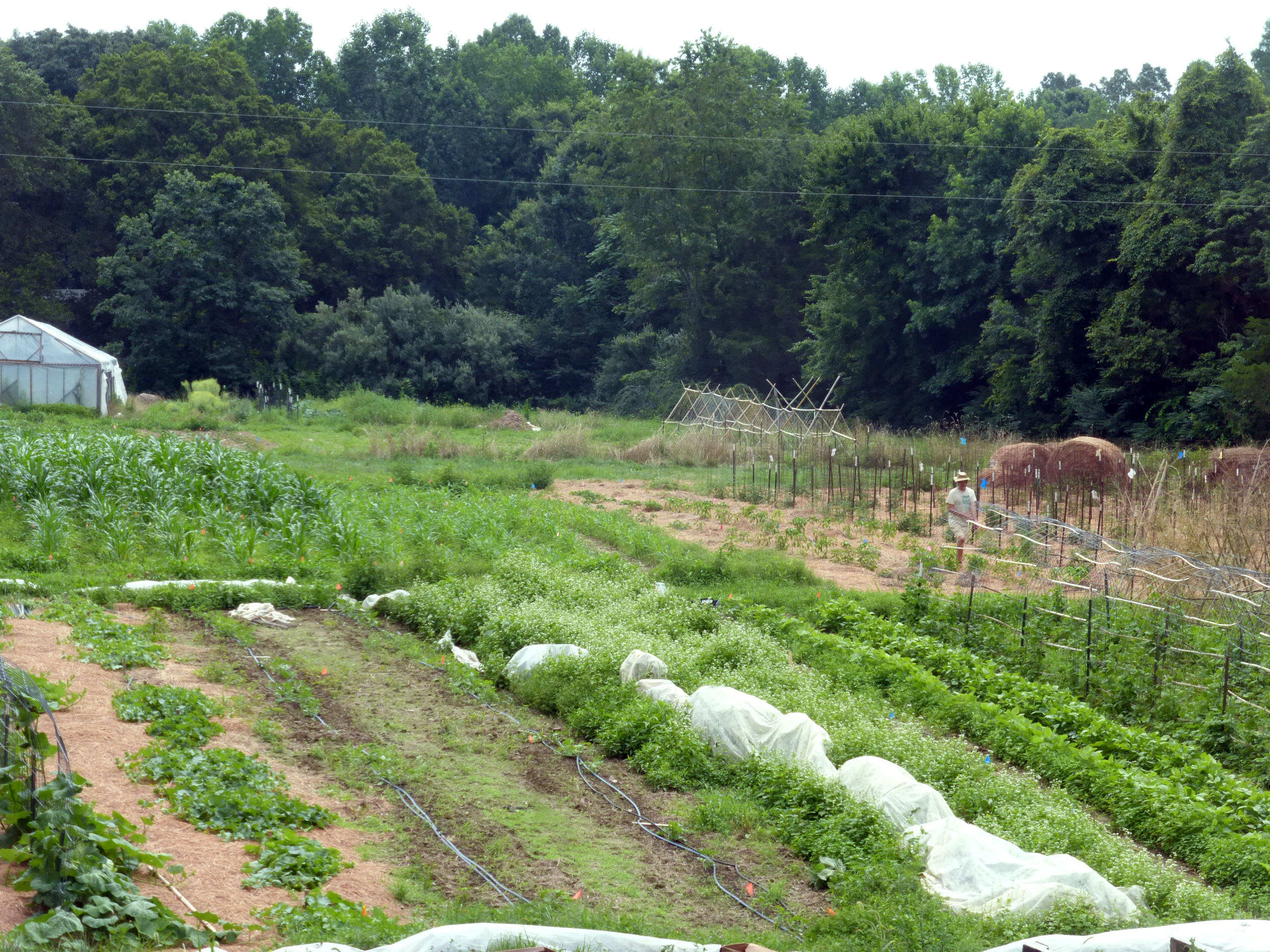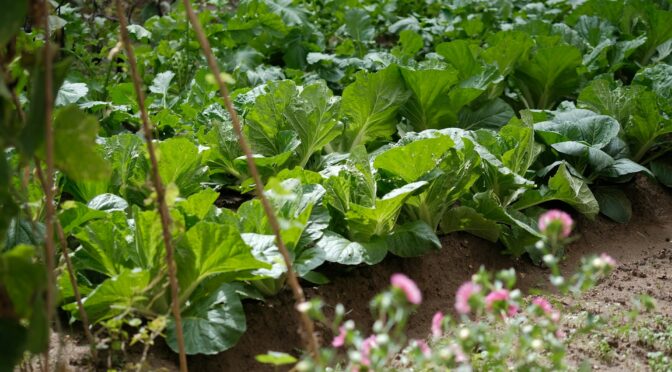Fertilizing your vegetable garden can encourage plant growth and improve your yields. Unfortunately, it’s not as simple as dumping a bag into the soil for magic results. When used improperly, fertilizer can have negative effects on your plants, garden, and the surrounding environment.
In this blog, we’ll talk about why you may or may not want to use fertilizer in your vegetable garden and how to do so efficiently. We’ll also include a few alternatives.
Always Get a Soil Test
Before you add any amendment to the garden, the best thing you can do is get a soil test. A soil test gives you information about the micro and macronutrients in your garden and your soil pH. This baseline will allow you to choose an appropriate fertilizer.
You don’t want to add fertilizer without testing. If nutrients are already present in your soil in good quantities, adding fertilizer will do more harm than good. Excess nutrients can inhibit plant growth, contribute to pest and disease issues, and reduce your yield.
Excess nutrients also often run off with rain and irrigation. These nutrients wash into ditches, streams, and eventually other waterways where they can cause dangerous algal blooms.
What Fertilizer Should I Use?
There is a wide range of fertilizers available to home gardens and knowing which one to select can be tough. Here are a few considerations to make the right choice for your vegetable garden.
Organic Versus Synthetic Fertilizer
Two main categories of fertilizer are organic and synthetic.
Organic Fertilizer
Organic fertilizers are those derived from natural sources like plant or animal material. You may see organic fertilizers like kelp (a type of seaweed) meal or bone meal. Organic fertilizers are generally available in granules and slowly break down and release into the soil.
This can be a disadvantage for plants that need a quick boost. However, organic fertilizers are less likely to create nutrient run off. They also can improve soil structure, feed beneficial microbes, and don’t form a crust on the soil like synthetic fertilizers may create.
When looking for organic fertilizer, the Organic Materials Review Institute (OMRI) seal indicates the product can be used on certified organic farms.
Synthetic Fertilizer
Also known as inorganic or chemical fertilizers, these are also derived from natural sources but have been processed and concentrated. Most of these fertilizers are quick-release and water-soluble, meaning that they’re quickly accessible to the plant. However, some are coated to slow the release.
These fertilizers are immediately available to a plant that needs a quick boost. However, this means that it’s also easy to over-fertilize or burn your plants with them. As they’re water soluble and quick release, these synthetic fertilizers are also much more likely to end up in waterways.
N-P-K
Beyond synthetic and organic, all fertilizers are marked with three numbers like 4-6-2 or 4-4-4. These numbers refer to key plant macronutrients, Nitrogen (N), Phosphorus (P), and Potassium (K). The number shows the percent of the bag’s weight that the nutrient makes up.
If you don’t know what ratio your crop needs, no worries. Most companies market their products for specific applications. You can find general fertilizers for vegetable or flower gardens or more specific ones like those for blueberries or tomatoes. If you’re still unsure, you can also Google your crop’s specific needs. 
What Plants Should I Fertilize
If you’re going to use fertilizer, it’s best to focus on “heavy feeder” crops that pull a lot of nutrients from the soil. These include:
- Tomatoes
- Peppers
- Eggplants
- Sweet Corn
- Squash
- Cucumbers
- Potatoes
- Cabbage
- Broccoli
What Plants Don’t Benefit from High-Nitrogen
Nitrogen is essential for plants’ vegetative growth, but some plants need less and are more sensitive to over-fertilizing. These include:
- Root Vegetables (beets, carrots, radishes)
- Legumes (beans, peas, cowpeas)
- Leafy Greens (lettuce, collards, spinach)
- Sweet Potatoes
In high nitrogen soil, root vegetables like beets and tubers like sweet potatoes tend to put on excellent foliar growth at the expense of root and tuber development. This can lead to a smaller harvest or impact quality, leading to roots that are less sweet and nutrient-rich.
Legumes like cowpeas, pole beans, and snap peas all fix nitrogen on their own. They have a symbiotic relationship with bacteria on their root nodes that allow them to covert atmospheric nitrogen into a usable form. Excessive nitrogen caused by over-fertilization can hinder this process and negatively affect the plants’ health. Excess nitrogen may also increase foliage growth and reduce fruit growth.
When you over-fertilize leafy greens, the plants may put on poor root growth and bolt early, shortening your harvest window.
This is not to say that these plants don’t benefit from fertilizer, just that you need to be careful with the ratio as they’re sensitive to high nitrogen.
Different plants require nutrients in different rations. For example, beets, carrots, turnips, and other root vegetables thrive with plenty of phosphorous, which is essential for root development.
When Should I Fertilize?
For most annual vegetable garden crops, agriculture experts recommend applying granular fertilizer in spring, just before planting. You can incorporate this into the soil and then water it.
Heavy feeders like corn, squash, and tomatoes may also benefit from “side-dressing” or an additional application of fertilizer later in the summer. For corn, side-dress when the plants reach 12 to 24 inches tall. Fruiting plants like tomatoes and squash can benefit from a low nitrogen fertilizer once they begin to flower. Adequate quantities of phosphorous and potassium are ideal for fruit production.
When applying fertilizer, be sure to follow the product’s instructions. There should be application rates on the package, often indicating how much to apply per thousand feet of garden area. Extension agents or nursery staff can help you work out how much you need for your space if you’re unsure.
Other Ways to Add Nutrients to Your Garden
Many organic gardeners choose to forgo fertilizer entirely. For some, it isn’t worth the cost and risks. Thankfully, there are plenty of other ways to add nutrients to your garden:

